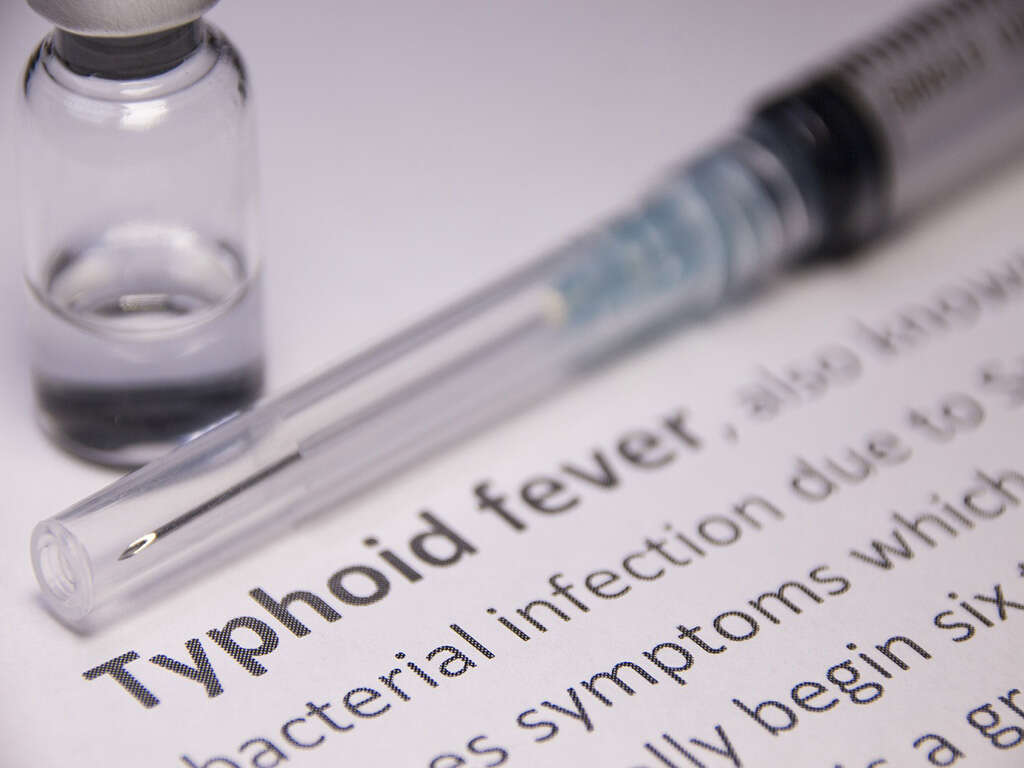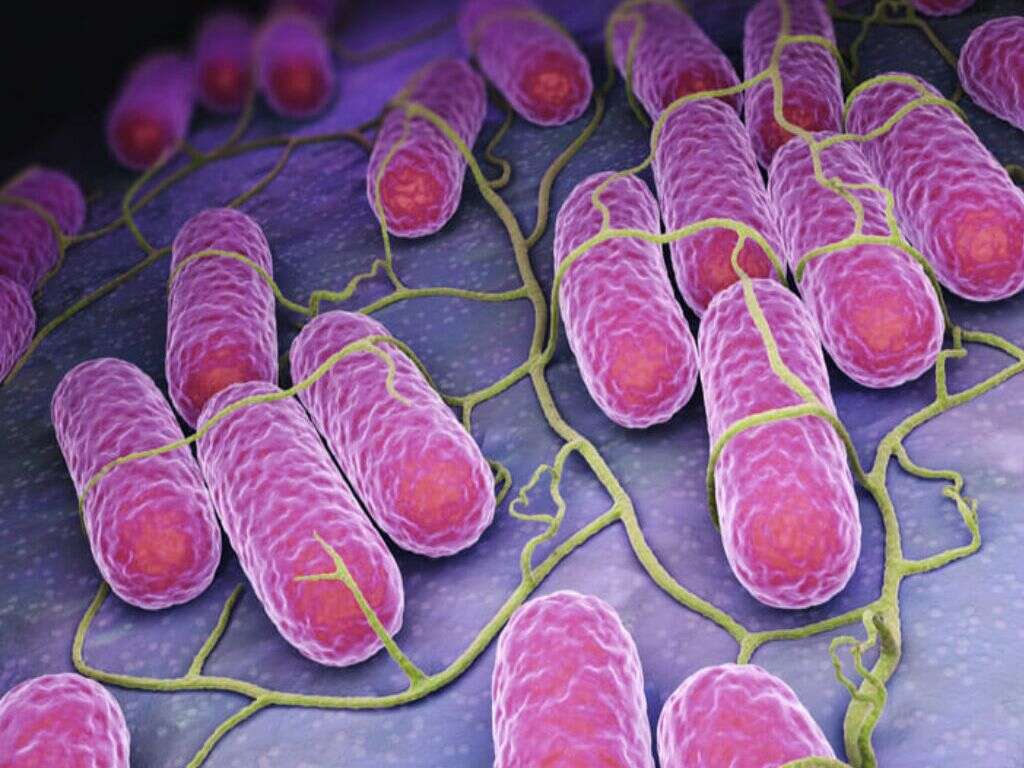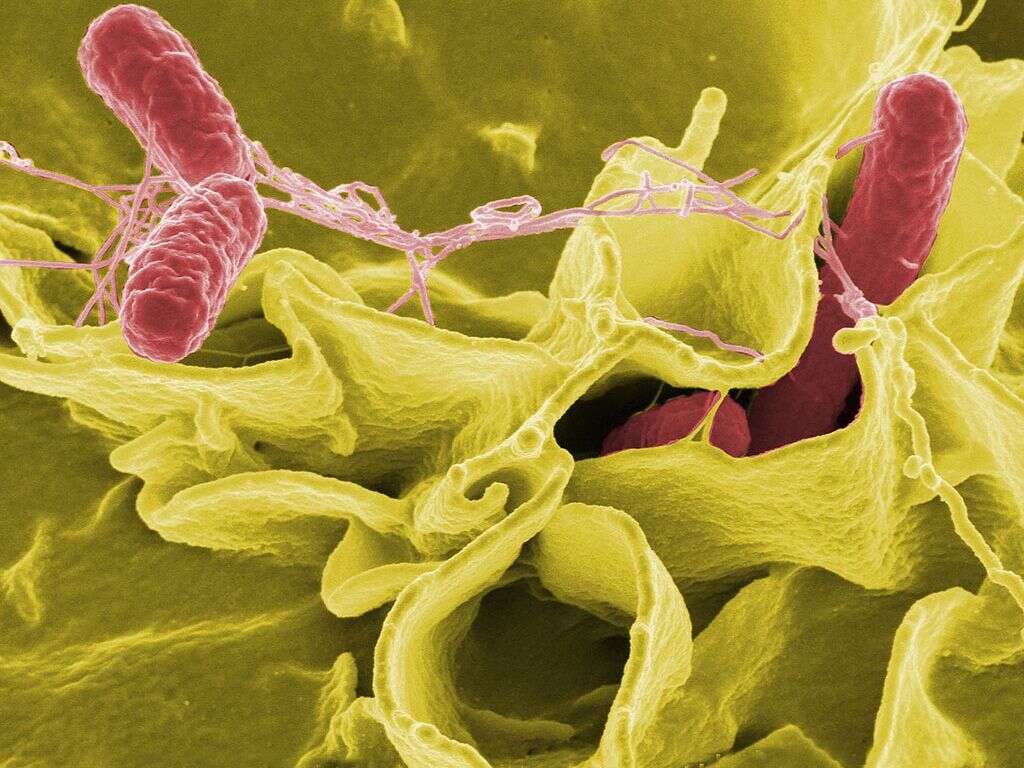10 Salmonella Symptoms
Salmonella are bacteria that cause food poisoning, 1.2 million infections and 450 deaths annually in the United States alone 1https://www.cdc.gov/salmonella/index.html. While the bacteria can affect anyone, infections are more serious in people with underdeveloped or weak immune systems. These include infants and young children, the elderly and those with other serious illnesses like cancer and conditions like HIV.
Salmonella are transmitted to humans through contaminated food and are responsible for a majority of foodborne illnesses. The bacteria are found in the guts of domestic animals from where they get into milk, meat, eggs and poultry. Salmonella can also get into fruit, vegetables and fish through contamination with animal manure and sewerage. They may also be transmitted through contact with pets like tortoises and other reptiles, rodents, cats and dogs. Person to person transmission can also occur due to poor hygiene.
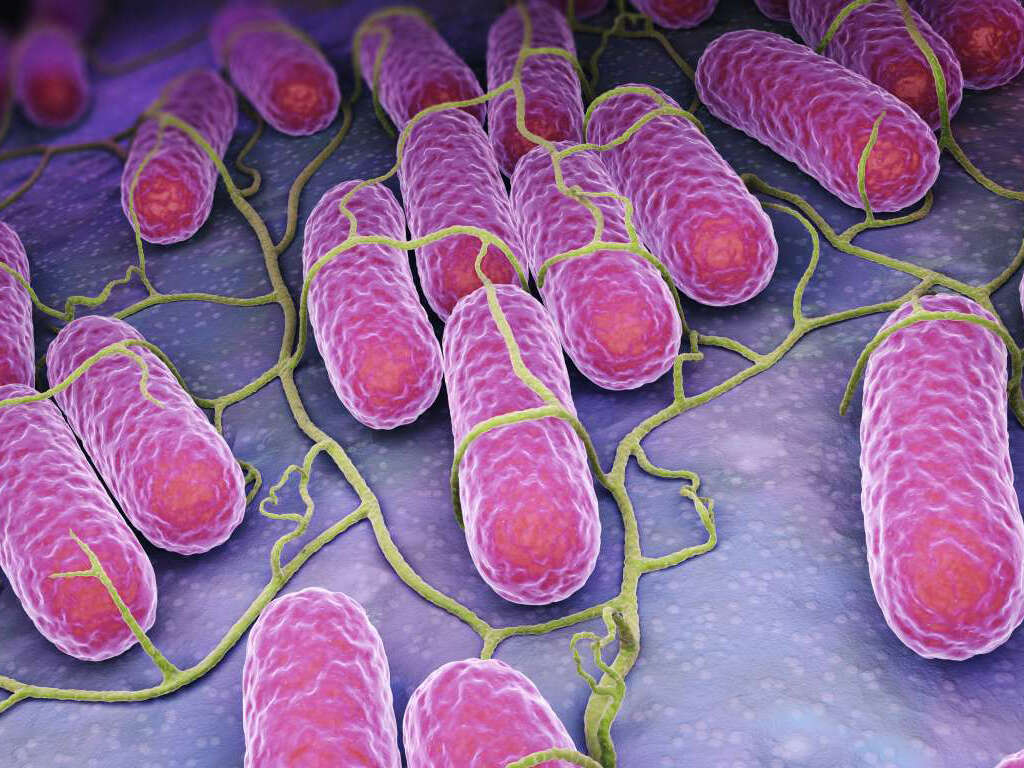
Symptom #1: Vomiting
Vomiting is one of the common symptoms of salmonella infection. Because salmonella affects the digestive system, vomiting is one of the common symptoms of infection. Vomiting causes the patient to lose fluids and may lead to dehydration. This can have serious consequences especially in young children and other patients with compromised immunity. For this reason, if you suspect salmonella infection in young children, the elderly and person’s with illnesses like cancer and HIV, take them to hospital without delay. Meanwhile, you should give them fluids to help them rehydrate.
In relatively healthy individuals, salmonella is a minor illness that clears even without treatment. However, if you have vomiting or diarrhea, it is recommended that you consult a doctor for treatment.

Symptom #2: Diarrhea
Diarrhea is another common symptom of salmonella infection. Diarrhea involves passing loose or watery stools. Unlike diarrhea caused by infections like E. coli which may be bloody, in most cases, diarrhea due to salmonella does not have blood in it. Similar to vomiting, diarrhea occurs because the salmonella causes a gastrointestinal infection. The bacterial attack interferes with the gut functions leading to the elimination of half-digested food material. Besides being a salmonella symptom, diarrhea may also be caused by infections by other bacteria, viruses or food poisoning.
If diarrhea continues for many hours, it can lead to serious dehydration and other complications. You should therefore seek medical attention especially if the patient is a young child or elderly.
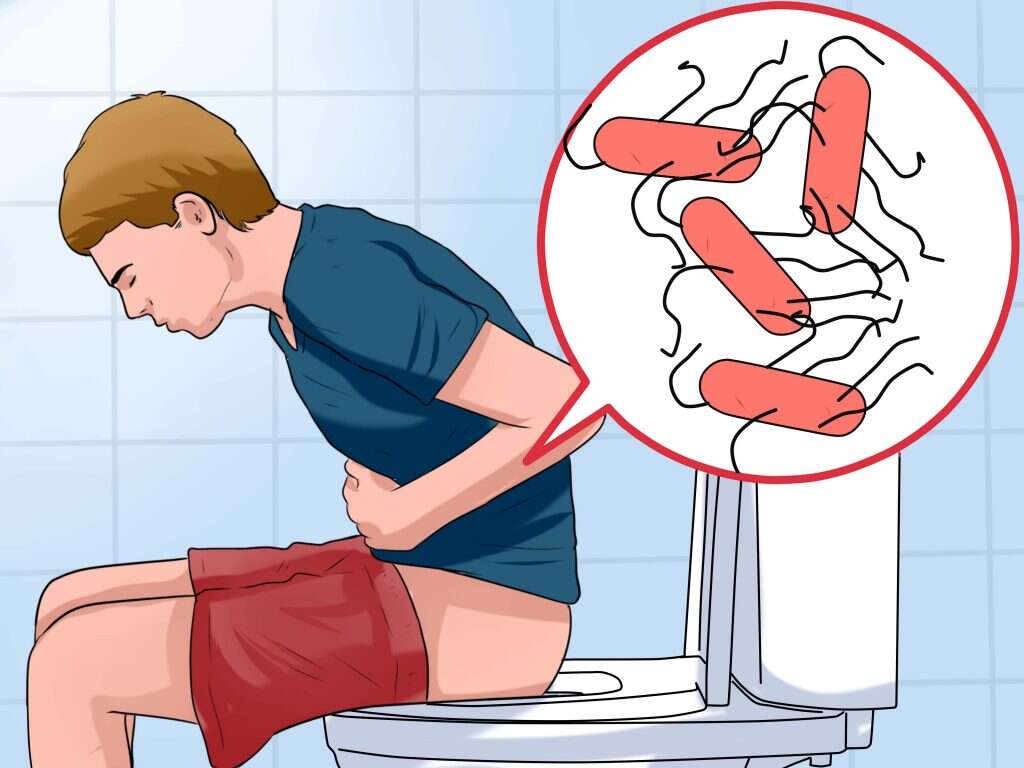
Symptom #3: Fever
Like in other infections, salmonella can cause fever. Most salmonella cases cause fever of about 102 o Fahrenheit. When the immune system detects the presence of salmonella bacteria, it begins fighting it. One of the ways this happens is for the body’s temperature to increase. Scientists believe that this is intended to kill the invading bacteria.
The increase in temperature can be detected by touching the forehead or, more accurately, by taking the patient’s body temperature. In most cases, a patient with a fever will feel cold. If you or a loved one has a fever in addition to several other salmonella symptoms, you should consider seeking a doctor’s advice.
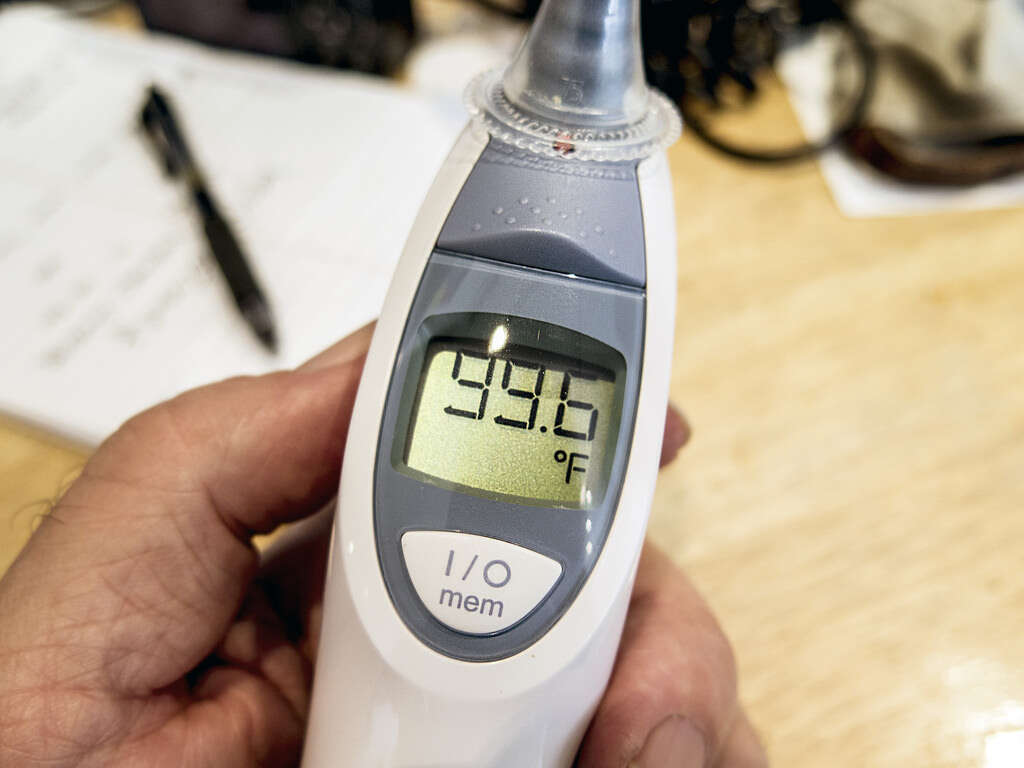
Symptom #4: Abdominal Pain
If you have abdominal pain it may be a symptom of salmonella infection. The function of the digestive system is to digest, absorb nutrients and remove waste. As long as it is not irritated, you will not notice the movements within the digestive system.
However, when irritation or an infection occurs, the gut’s sensory system causes it to go into overdrive. This is meant to clear the irritant from the digestive system. Salmonella infection can cause very violent contractions that may be mistaken for appendicitis.

Symptom #5: Nausea
As with many abdominal illnesses, salmonella poisoning can cause nausea. This is a sensation that you want to vomit even if this does not happen. Nausea associated with salmonella is typically accompanied by lower abdominal pain. It can be extremely uncomfortable and may also be accompanied by vomiting. Nausea can, therefore lead to dehydration.
It is worth noting that even without vomiting; nausea can still cause dehydration and malnutrition if it goes on for too long. This is because a nauseous patient is usually unable to eat or drink. If you are feeling nauseous and have other salmonella symptoms, you may need to consult a healthcare provider.

Symptom #6: Rose Spots
Patients suffering from typhoid fever may develop rose spots.
The rash is usually located in the chest, back, and extremities and it is characterized as tiny pink dots. Over 25% of patients suffering from this form of salmonella infection develop these cutaneous lesions.
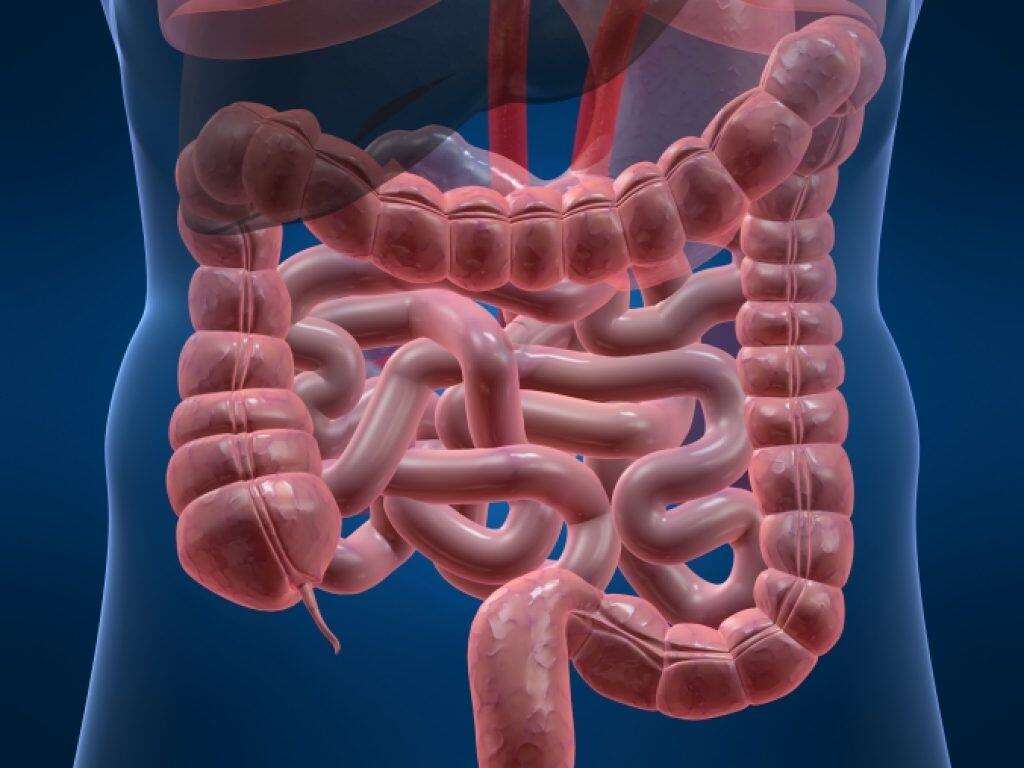
Symptom #7: Dry Mouth
Salmonella patients may also get a dry mouth feeling. This salmonella symptom is caused by dehydration. Because salmonella causes loss of body fluid by way of diarrhea and vomiting, a patient steadily gets dehydrated. If this continues for an extended length of time without replenishment, it can lead to mouth and tongue dryness as less saliva is produced.
Other signs of dehydration include headaches, muscle cramps, sunken eyes, dry lips and reduced amounts of urine. For this reason, patients with salmonella infection should keep taking water and other fluids, whether they are on treatment or not. Dehydration is especially dangerous in babies and other weak patients.

Symptom #8: Muscular Pain
Myalgia is the medical name for muscle pain. It is a non-specific symptom associated with many infectious diseases and salmonellosis is one of them.
The pain associated with a salmonella infection is usually mild and it occurs during the early stages of the disease.

Symptom #9: Headache
This is a non-specific symptom, associated with many conditions.
For patients suffering from salmonellosis, it is usually described as a dull headache, located in the front of the head. This symptom is mostly seen in the early stages of the disease.
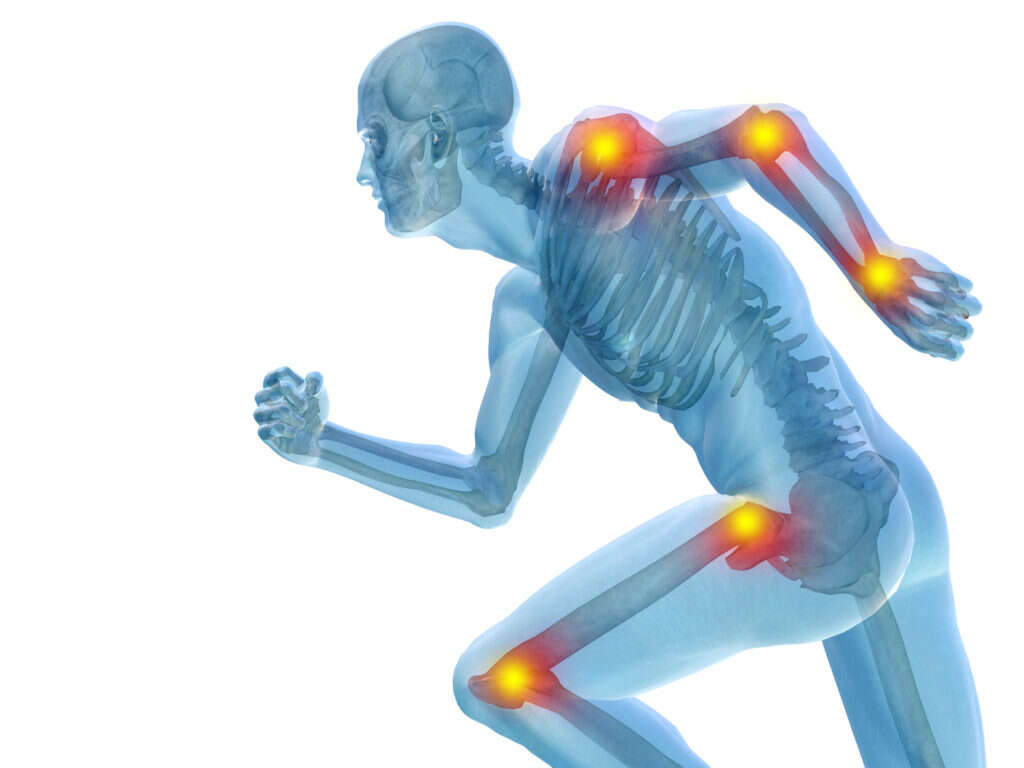
Symptom #10: Malaise
Malaise is described as a feeling of being unwell or sometimes referred to as “under the weather”.
It is an unpleasant symptom associated with many conditions and it is seen in patients suffering from salmonellosis. This symptom usually lasts a few days as the diseases start to clear.






